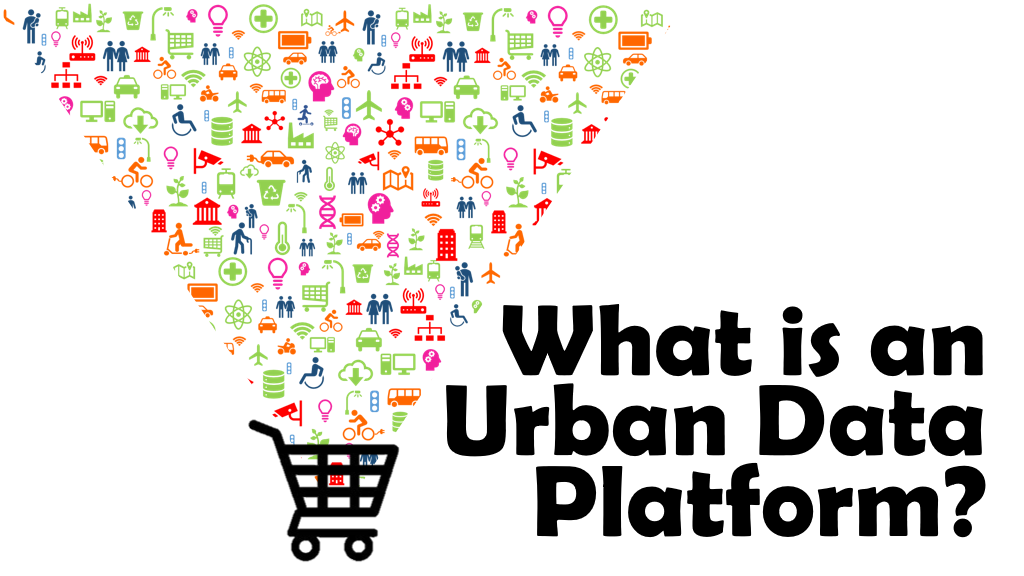Urban Data Platforms Explained

A city contains integrated ecosystems of humans, processes, and assets, with no single aspect of a city working in isolation. To make a city into a “smart city”, city managers need to have a view of the overall ecosystem, understanding interactions, interdependencies and knock-on effects when making interventions or introducing new services to their city ecosystem. But how are we supposed to decode this vast data space and potentials to make appropriate decisions? This is where data and specifically Urban Data Platforms can come to the rescue.
To gain a view of how the city works sensors are increasingly being deployed to collect key data points such as air quality. These sensors give city managers a snapshot of a single system within a city. However, when seen in isolation, this data can give an over simplified view of the systems working within the environment, where change X should mean outcome Y, and is unable to properly model the interconnectedness of our cities, leading to unexpected consequences, inefficient budgets and a lack of confidence when taking actions. An example is when an air quality sensor reports high levels of pollution, but the traffic management system didn’t report congestion? How can both be right, unless the weather data shows unusual weather patterns that trapped fine air particles?
By utilising an Urban Data Platform, the city can bring together all their data into one place, breaking down data silos and giving a holistic view of the city. Urban data platforms integrate the large amount of data generated by cities from IoT systems including environmental, transport, lighting, waste, as well as legacy systems such as census, and geospatial databases. The Urban Data Platform shines a light on the overall ecosystem, providing a data driven basis for policy interventions, and can be used to improve and develop innovative smart city services, which encompasses the whole city system.
From our work in our sister project, H2020 Lighthouse project Sharing Cities and the Urban Sharing Platform stream we note that there are four types of data streams can be drawn from urban data:
- Demand-side stream which can give better understanding of specific properties and characteristics of urban processes, e.g. buildings services, government-to-citizens services, and provide solutions for improvement
- Supply-side stream to monitor incidents and crisis situations and the respective responses and solutions with the aim of drawing conclusions and recommendations
- Analytical stream to identify data patterns and correlations in order to derive predictions for urban innovation, provide impact assessment, and demonstrate the challenges and opportunities in urban development
- Standardisation stream to bring the data in line with the international standards.
Urban data platforms enable and stimulate a proper understanding of how infrastructure is used in different domains, the interdependencies between different elements of infrastructure and the effects of external drivers such as public policy, major events and weather patterns and precipitation.
See the webinar https://smartcities-infosystem.eu/newsroom/news/sharing-cities-webinar-series